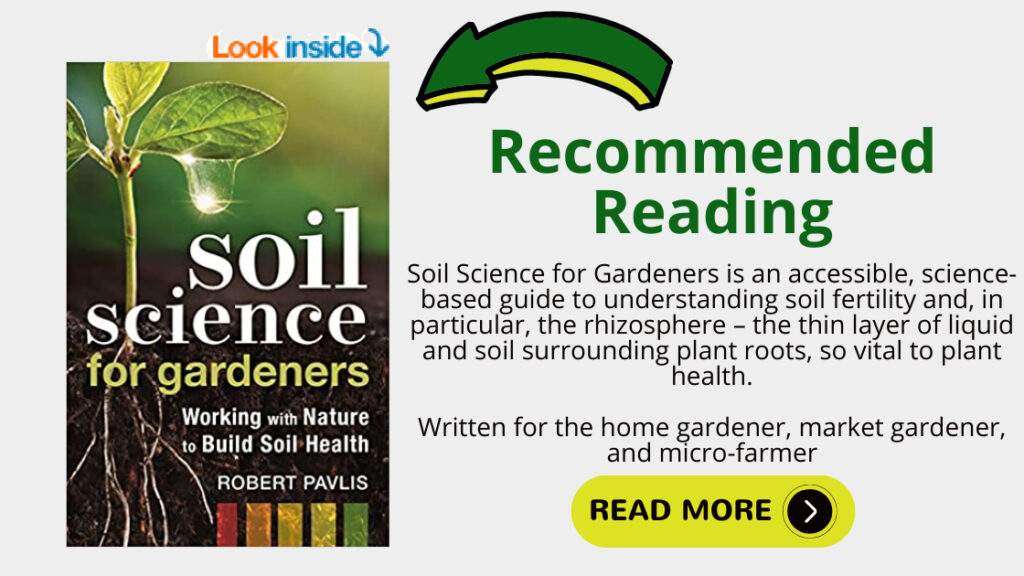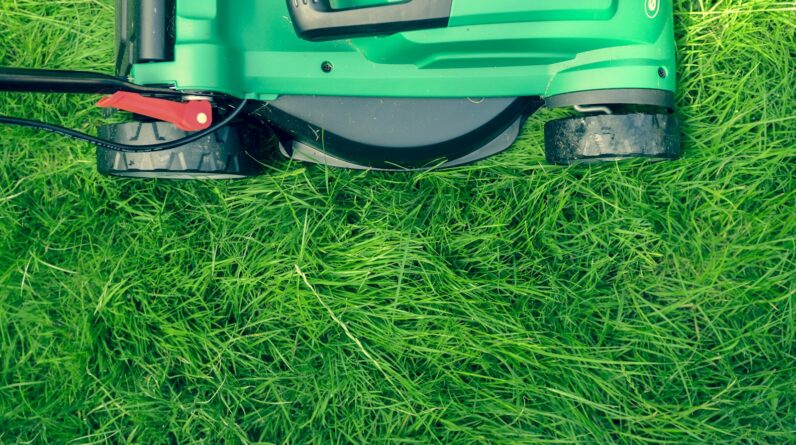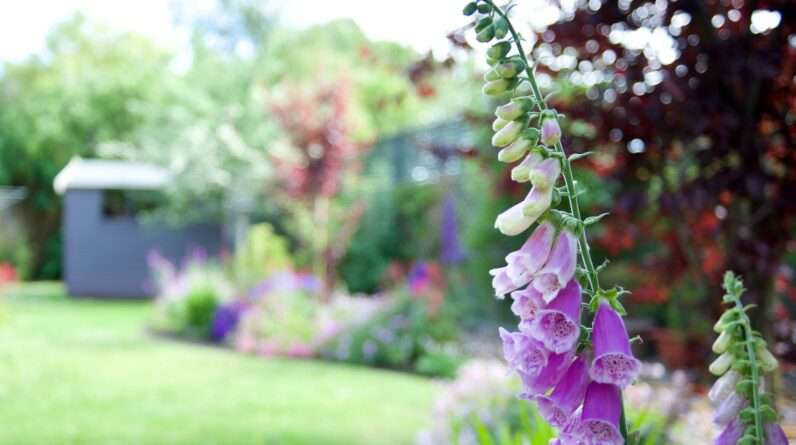
Gardening is a glorious endeavor, giving gardeners the glee of growth and the gratification of greenery. Aspiring agronomists and experienced earth-tenders alike can enjoy enriched edibles with successful soil sample testing.
For those who want to wow their flowerbeds or produce a plentiful crop, learning about the importance of soil testing is a must! Testing your soil can give you insights into what types of amendments are needed to help plants flourish and even when it’s best to plant for optimal results.
Take your gardening game up a notch by understanding why sampling your soil should be an essential part of any gardener’s routine.
Soil Sample Testing Overview
Understanding your soil’s characteristics can be the key to unlocking the potential of your garden and ensuring its success. Testing soil samples is a great way to get an accurate picture of what your soil requires in order to achieve optimal growth. By taking into account factors such as texture, pH level, nutrient content, and organic matter content, you can determine which amendments are best suited for improving soil quality and boosting plant health.
Soil sample testing provides valuable information about the current state of your garden’s soil. It can tell you if there are any deficiencies that need to be addressed or if there are any contaminants present that could harm plants. With this information in hand, you’ll have a better understanding of what fertilizers and other products may be necessary for successful gardening results.
Additionally, it can help you decide which plants will perform best in different parts of your garden based on the specific conditions of each area. Taking the time to analyze the makeup of your garden’s soil is an essential step towards achieving high-quality plants and beautiful landscapes. Armed with comprehensive knowledge about what makes up their soils, gardeners can make more informed decisions about their gardening practices that will ultimately lead to healthier plants and greater yields over time.
To reap all these benefits from soil sample testing, it’s important to conduct tests regularly so that changes in conditions can be tracked and adjustments made accordingly.
Benefits for Plant Growth
By carefully analyzing the composition of a plot’s dirt, cultivators can craftily cultivate crops for copious amounts of growth. Testing soil samples helps gardeners tailor their gardens to suit their desired plants and environmental conditions, enabling the plants to thrive.
Testing soil provides four major benefits that help plants grow:
- It gives an indication of what nutrients are present in the soil.
- Allows for proper nutrition management.
- Identifies presence of contaminants.
- Enables adjustment based on results.
Using these results, gardeners can add amendments or adjust pH levels as needed to ensure optimal plant health and growth potential. Additionally, testing will give insight on whether a plot is too wet or dry, allowing them to adjust irrigation accordingly.
By knowing the exact needs of the land and what it requires for successful cultivation, gardeners can maximize the harvest from their plots while minimizing waste and effort. Soil sample testing offers invaluable data that allows gardeners to make decisions that result in healthy and abundant harvests—allowing them to reap rewards beyond measure!
With this knowledge at hand, they can choose appropriate types of soil and amendments with confidence as they move forward in gardening endeavors.
Types of Soil and Amendments
Making informed decisions on the types of soil and amendments to use in your garden is the key to unlocking its potential for success. Knowing the ideal combination of soil type, texture, and nutrient content can make a world of difference in the health of your plants. Different soils have distinct characteristics which come from their pH levels, mineral composition, and water holding capacity. Here’s a breakdown of common types:
| Type | Characteristics | Amendments |
|---|---|---|
| Clay Soil | Compacts easily; drains slowly; retains nutrients well | Gypsum to loosen; organic compost to add nutrients |
| Sandy Soil | Drains quickly; not nutrient rich; warms up fast | Organic matter to help retain moisture |
| Loam Soil | Perfect balance between clay & sand; easy to work with | Lime or sulfur for pH adjustment |
Amendments are essential for improving any type of soil structure or chemistry as they provide additional necessary nutrients such as nitrogen, phosphorus, potassium, calcium and magnesium. Additionally these additives can improve drainage issues caused by heavy clay soils or slow-draining sandy ones. They also help reduce soil acidity or alkalinity when needed. With an understanding of what you’re dealing with and creative solutions like amendments you can create a thriving environment that will get you great results every time!
When and How to Test
Knowing the exact composition of your soil is critical for successful gardening, so it’s essential to test regularly to ensure you’re giving your plants the best environment possible. Testing can be done in a variety of ways, from simple DIY kits to more comprehensive lab tests.
Here are four key steps for testing your soil:
- Collect a sample from several areas of your garden and mix them together in a clean container.
- Take the sample to a local lab or use an at-home kit to analyze its pH level, nutrient content, and other important factors.
- Compare the results with recommended levels for optimal plant growth and make adjustments as needed.
- Re-test periodically throughout the growing season to monitor changes in soil composition over time.
Testing your soil is an easy way to get ahead of potential problems before they arise and give your plants everything they need for healthy growth and development. With regular testing, you’ll have all the information you need to create an ideal environment for whatever type of garden you choose! Plus, it’s an affordable way to keep tabs on how well your plants are doing without breaking the bank or spending hours researching online.

Affordable Testing Options
If you’re looking for affordable testing options, lab testing and home testing kits are both viable options. Lab tests are typically more accurate, but they may be cost-prohibitive due to the associated labor costs.
Home test kits can also provide reliable results while saving time and money. They offer a simple way to test soil nutrients quickly and accurately.
Lab Testing
Getting your soil tested in the lab is a great way to get the vital info you need to make your garden thrive! You can trust that the results will be accurate and detailed, giving you an exact understanding of what’s going on in your soil.
Lab testing offers advantages such as:
- Comprehensive data regarding not just nutrient levels, but also acidity, salinity, and other important information
- Measurement of organic matter present
- Ability to detect trace elements or contaminants for safety purposes
Lab testing ensures that all this valuable information is available so that you can make informed decisions about how best to improve your soil and achieve optimal results in your garden. With this comprehensive analysis at hand, you’ll have everything you need to create an ideal growing environment for your plants.
Home Testing Kits
Now that you understand the basics of laboratory soil testing, it’s time to learn about home soil testing kits. Home soil test kits are an easy-to-use and cost effective way for gardeners to determine their soil quality. They come in a variety of formats including dip sticks, liquid reagents, and plastic capsules containing pre-measured amounts of chemicals that react with your soil samples.
The results from these tests can be used to determine if your soil needs amendments or fertilizers to make it more conducive for growing plants. Let’s take a closer look at the benefits of using a home soil testing kit:
By using a home testing kit, gardeners can save time, money, and hassle while still ensuring that their soils are in optimal condition for growing healthy plants.
Plus, since the results come quickly they don’t have to wait days or weeks before taking action if their soils need adjustments – giving them an added advantage over those who choose not rely on lab services alone.
Frequently Asked Questions
What soil amendments should I use?
You may be wondering what soil amendments you should use to ensure a thriving garden.
Did you know that the average American gardener spends around $20 each month on soil amendments?
If you want to make sure your garden is getting all the nutrients it needs, soil sample testing is a must.
Knowing the pH levels, nutrient levels, and other important factors of your soil can help you decide which amendments are best for your specific garden.
By taking advantage of this valuable test, you can ensure that your plants get the best care possible!
How often should I test my soil?
Testing your soil is an important part of gardening. You should test your soil every 1-3 years to ensure the health and fertility of your plants.
Testing allows you to identify any deficiencies or excesses in nutrients, pH levels, and other factors that can affect plant growth. With this information, you’ll be better equipped to make informed decisions about what amendments to use in order to get the best results from your garden.
What type of soil is best for my garden?
Choosing the right type of soil for your garden is essential for its success. Whether you’re growing vegetables, flowers, or herbs, it’s important to make sure that the soil has enough nutrients and a healthy pH level.
Loam soil is widely considered one of the best types for gardening as it contains a good balance of sand, silt, and clay. It also retains water and offers good drainage so your plants won’t get too much or too little moisture.
If you’re not sure what kind of soil you have in your garden, consider getting it tested to ensure that you get the best results from your plants!
How do I interpret the results of a soil sample test?
Interpreting the results of a soil sample test can seem daunting, but with a little knowledge and preparation, you’ll be able to unlock the secrets hidden within your soil.
You’ll need to read each result carefully and understand what it means for your garden. Consider everything from pH levels to nutrient availability – these are all important factors in determining the health of your plants.
With the right information at your fingertips, you’ll have what it takes to ensure your garden is thriving!
What type of equipment is needed to test soil samples?
Testing soil samples is an important part of gardening, and the right equipment can make it easier. To do this, you’ll need a trowel or shovel to collect your sample, a ruler to measure the depth of the sample, and a container to store it in.
A pH meter or test kit will help you determine the acidity level of your soil, while a nutrient test kit will tell you what kind of nutrients are present. With these tools in hand, you’ll be able to get accurate readings on your soil’s composition and make informed decisions about how best to care for your garden.
Soil Sample Testing – Conclusion
Concluding, soil sample testing is a must for gardeners who want to get the most out of their plants. It’s an essential tool in understanding your soil type and composition, so you can choose the right amendments for optimum growth.
Plus, it’s easy and affordable to do – no need for expensive lab tests! With a little bit of effort now, you’ll be reaping the rewards of healthy plants down the line.
So don’t delay – get your hands dirty today and test that soil – you won’t regret it! Who knows, it might even give you bragging rights amongst your green-thumbed friends.













